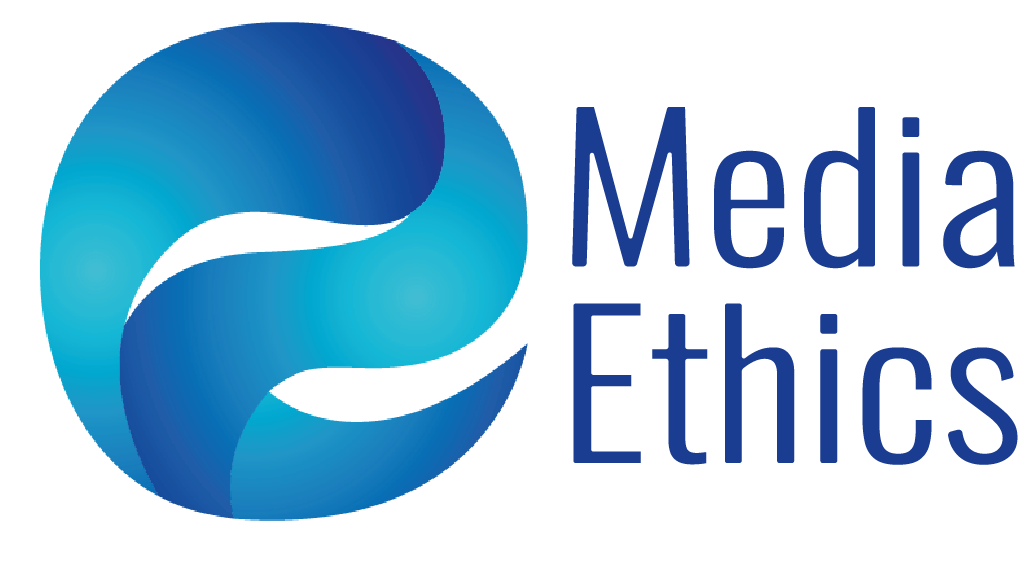
Full papers
Authors have until September 8 to submit full papers
The full text of the papers presented during the VIII Media Ethics can be sent to the Scientific Committee until September 8, 2024. The articles will undergo a new peer review for subsequent publication.
There is no obligation to submit texts. The material will form part of a digital book and texts can be submitted in Portuguese, Spanish and English in accordance with the following rules:
Author Guidelines
Length
- Full articles and interviews should be 5,000 to 8,000 words, including title, footnotes and references.
- Both the title and the subheadings should not exceed 120 characters with spaces.
- The abstract should be 200 to 300 words and keywords should be limited to five.
- The biographical note should not exceed 150 words.
Formatting
Manuscripts should be edited single-spaced on standard pages (A4), font Times New Roman, 12 pt.
Graphs and tables must be editable.
Information structure
The first page of the document must contain the following information in Portuguese or Spanish and in English: title of the work, abstract and keywords.
To ensure blind peer review, any information that may identify the author should be removed from the manuscript. So, a separate document (with the article's title) should contain the following information:
1) author(s) name(s);
2) biographical note of up to 150 words, complete institutional addresses (including street, postal code, city, and country), email address, and ORCID. This data will be available in the published version, and by providing it, you consent to its disclosure;
3) complete information on the affiliation of all authors, including the name of the home institution at three levels (ex: Postgraduate Programme/Department/Centre, Faculty/School and University), city and country;
4) acknowledgements (optional) should include only references to funding and, eventually, to institutions that may have facilitated access to data;
5) individual contribution of each author according to the principles established in the Contributor Roles Taxonomy (CRedit) methodology. That does not apply to works with only one author or introductory notes.
Interviews must be accompanied by a declaration of consent from the interviewee, who must validate the transcription.
Texts in Portuguese must be consistent with the new Portuguese Language Orthographic Agreement of 1990. Furthermore, considering the differences in spelling among Portuguese-speaking countries, it is recommended that the wording specificities of Portuguese spelling in all its variants (Brazil, Angola, Mozambique...) be respected, despite the new orthography.
Style guidelines
The publication follows the APA style (7th edition).
In-Text Citations and References
- Citations should be translated into the language of the text. The original version of the citation should not be footnoted.
- Citations should be within double quotation marks (" "), in plain text, not italic. Citations of 40 or more words should be detached from the body of the text by indented tabs, in lower case and without quotation marks.
- Bibliographic references for embedded citations follow the following format: (Kovarick, 2010, p. 134).
- Expressions such as idem, ibidem, apud, op. cit…are excluded.
Reference List
The three main types of references used in academic works include books, book chapters, and articles in scientific journals:
Balonas, S. (2011). Publicidade sem código de barras. Húmus.
Pires, H. (2011). De passagem. Nos rastos de um percurso imaginário. In M. Martins, J. B. Miranda, M. Oliveira, & J. Godinho (Eds.), Imagem e pensamento (pp. 167-188). Grácio Editor.
Pereira, S. (2013). More technology, better childhoods? The case of the Portuguese ‘One laptop per Child’ programme. Communication Management Quarterly, 29, 171-198. https://doi.org/10.5937/comman1329171P
Please refer to https://apastyle.apa.org/ for further information.
Code of Ethics
Authors should ensure that the sources of references used in scientific work are accurate and comprehensive and must obtain permission from copyright holders to reproduce illustrations, tables, or figures.
Authors should identify the organisations funding their work, following the guidelines previously provided.
Authors should ensure that authors' and co-authors' names are correctly introduced in their respective publications and provide due acknowledgement to other collaborators, when applicable, following the guidelines provided above.
Any request for further clarification should be addressed to mediaethics@mediaethics2024.com.
Copyright Notice
Authors own the copyright, providing the journal with the right of first publication. Works published from 2022 onwards are licensed under a Creative Commons Attribution 4.0 International License. Earlier works are licensed under a Creative Commons - Attribution-NonCommercial 4.0 International license.
Privacy StatementThe contact details provided will be used exclusively for the services provided by this journal and will not be made available for other purposes or to third parties.
